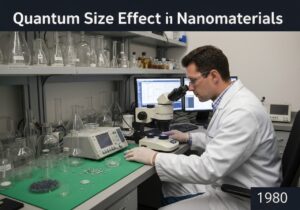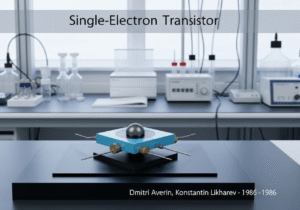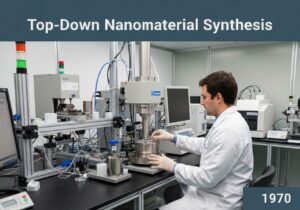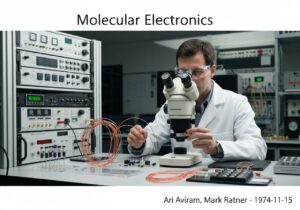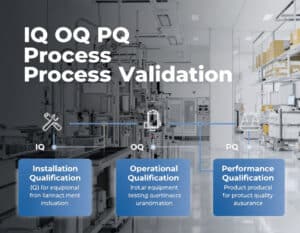Esta es nuestra última selección de publicaciones y patentes mundiales en inglés sobre MXenos, entre muchas revistas científicas en línea, clasificadas y centradas en mxeno, grabado en sal fundida con ácido de Lewis, grabado en HF, fase MAX, MXeno de divacancia, metal de transición doble ordenado, ML-MXeno, sal fundida con ácido de Lewis, MXeno de divacancia, metal de transición doble ordenado, MXenos en solución sólida, FL-MXeno, MXeno multicapa, electrones casi libres y dispersión Tyndall.
Patentes: ninguna patente reciente sobre este tema en particular. Intente realizar una búsqueda manual exhaustiva en la base de datos de patentes a la que se hace referencia más arriba.
Pseudocapacitive Behavior of Blade-Coated Mo1.33CTx i-MXene Electrodes in Aqueous Electrolytes
Published on 2025-10-19 by Alexey Tsyganov, Olga Grapenko, Evgeniy Korotaev, Alexander Shindrov, Andrei Alferov, Alexander Gorokhovsky, Nikolay Gorshkov @MDPI
Abstract: Two-dimensional molybdenum carbide (Mo1.33CTx MXene) with ordered vacancies is one of the most promising materials for electrochemical energy storage. However, the high defectivity and tendency to aggregate of nanosheets hinders the large-scale fabrication of highly efficient Mo1.33CTx -based electrodes. In this study, Mo1.33CTx/carbon nanotubes (CNTs) electrodes of varying thicknesses were fabricated using a scalable doctor blade technique. Their electrochemical performance was studied in H2SO4[...]
Our summary: This study investigates the pseudocapacitive behavior of Mo1.33CTx MXene electrodes combined with carbon nanotubes. The electrodes were fabricated using a scalable doctor blade technique and tested in various aqueous electrolytes. Results showed significant specific capacitance values, highlighting the potential for high-performance supercapacitor materials.
MXene, Pseudocapacitance, Electrochemical Energy Storage, Carbon Nanotubes
Publication
Advances, Challenges, and Future Directions
Published on 2025-10-17 by Jonathan Luke Stoll, Mason Paul, Lucas Pritchett, Ashleigh Snover, Levi Woods, Subin Antony Jose, Pradeep L. Menezes @MDPI
Abstract: MXenes, an emerging class of two-dimensional (2D) transition metal carbides, nitrides, and carbonitrides, have demonstrated exceptional potential in tribology: the study of friction, wear, and lubrication. Their remarkable mechanical strength, thermal stability, and tunable surface chemistry make them ideal candidates for solid lubricants, lubricant additives, and protective coatings in mechanical systems. This review comprehensively examines the tribological performance of MXenes under diverse [...]
Our summary: Advances in MXene tribology under diverse environmental conditions, challenges in large-scale commercialization, future directions for enhanced performance and sustainability.
MXenes, tribology, mechanical systems, solid lubricants
Publication
Flexible, Stretchable, and Self-Healing MXene-Based Conductive Hydrogels for Human Health Monitoring
Published on 2025-10-03 by Ruirui Li, Sijia Chang, Jiaheng Bi, Haotian Guo, Jianya Yi, Chengqun Chu @MDPI
Abstract: Conductive hydrogels (CHs) have attracted significant attention in the fields of flexible electronics, human–machine interaction, and electronic skin (e-skin) due to their self-adhesiveness, environmental stability, and multi-stimuli responsiveness. However, integrating these diverse functionalities into a single conductive hydrogel system remains a challenge. In this study, polyvinyl alcohol (PVA) and polyacrylamide (PAM) were used as the dual-network matrix, lithium chloride and [...]
Our summary: This study presents a multifunctional MXene-based conductive hydrogel synthesized using a dual-network matrix of PVA and PAM. The hydrogel demonstrates excellent tensile properties, high electrical conductivity, and self-healing abilities. It effectively monitors human joint movements and physiological signals, making it suitable for flexible sensors in health monitoring applications.
MXene, Conductive Hydrogels, Flexible Electronics, Self-Healing
Publication
Wearable Flexible Wireless Pressure Sensor Based on Poly(vinyl alcohol)/Carbon Nanotube/MXene Composite for Health Monitoring
Published on 2025-09-30 by Lei Zhang, Junqi Pang, Xiaoling Lu, Xiaohai Zhang, Xinru Zhang @MDPI
Abstract: Accurate pressure monitoring is crucial for both human body applications and intelligent robotic arms, particularly for whole-body motion monitoring in human–machine interfaces. Conventional wearable electronic devices, however, often suffer from rigid connections, non-conformity, and inaccuracies. In this study, we propose a high-precision wireless flexible sensor using a poly(vinyl alcohol)/single-walled carbon nanotube/MXene composite as the sensitive material, combined with a r[...]
Our summary: This study presents a wireless flexible pressure sensor using a poly(vinyl alcohol)/carbon nanotube/MXene composite for health monitoring. The sensor accurately measures pressure from 0–130 kPa with high sensitivity, particularly below 1 kPa. Integrated with Bluetooth and a deep learning model, it achieves over 98% accuracy in motion recognition for human applications.
Wearable sensor, Flexible electronics, Pressure monitoring, Deep learning
Publication
Advancing Flexible Optoelectronic Synapses and Neurons with MXene-Integrated Polymeric Platforms
Published on 2025-09-27 by Hongsheng Xu, Xiangyu Zeng, Akeel Qadir @MDPI
Abstract: Neuromorphic computing, inspired by the human brain’s architecture, offers a transformative approach to overcoming the limitations of traditional von Neumann systems by enabling highly parallel, energy-efficient information processing. Among emerging materials, MXenes—a class of two-dimensional transition metal carbides and nitrides—have garnered significant attention due to their exceptional electrical conductivity, tunable surface chemistry, and mechan[...]
Our summary: This review examines advancements in MXene-integrated optoelectronic synapses and neurons for neuromorphic computing. It highlights their structural properties, operational mechanisms, and the potential for programmable synaptic-neuronal switching. Challenges in stability and integration are discussed, emphasizing the need for innovative solutions to realize practical applications.
MXenes, optoelectronics, neuromorphic computing, synapses
Publication





